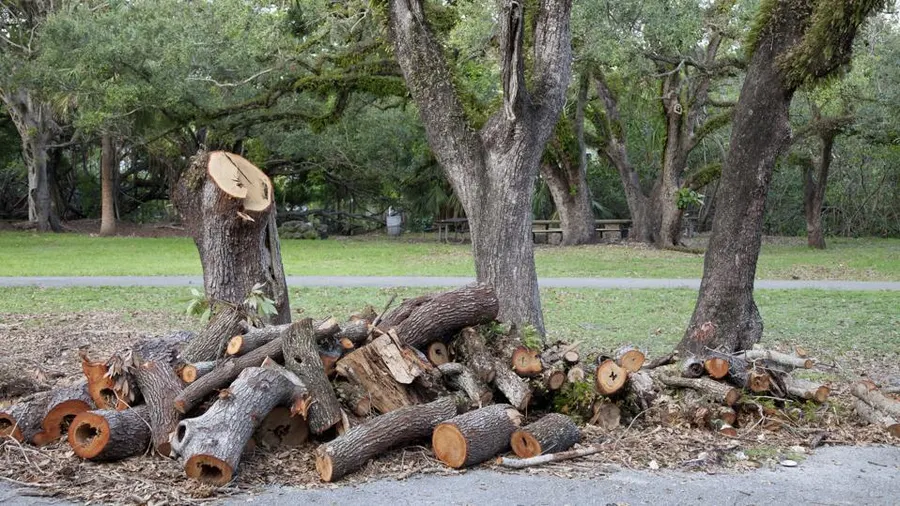Trees are often seen as pillars of our environment, providing oxygen, shade, and beauty to our surroundings. However, there are times when tree removal becomes necessary. Whether it’s due to safety concerns, urban development, or environmental management, understanding why trees need to be removed and the process involved is crucial. In this article, we’ll delve into the importance of tree removal and the steps involved in the process. When faced with the need to remove a tree, hiring a professional trees removal company is often the best course of action.
The Importance of Tree Removal
Safety:
One of the primary reasons for tree removal is safety. Trees that are diseased, damaged, or leaning dangerously can pose a threat to property and human life. Removing such trees can prevent accidents and ensure the safety of the surrounding area.
Health of Other Trees:
In some cases, trees need to be removed to protect the health of other trees. Trees that are infected with diseases or infested with pests can spread these issues to nearby trees. Removing the affected tree can prevent the spread of disease and protect the overall health of the tree population.
Urban Development:
As urban areas expand, there is often a need to remove trees to make way for new construction projects, roads, or infrastructure. While this may seem detrimental to the environment, proper planning and mitigation efforts can help minimize the impact on the surrounding ecosystem.
Environmental Management:
In certain ecosystems, such as forests or natural reserves, tree removal is part of the natural ecosystem management process. Controlled tree removal can help maintain the balance of the ecosystem, promote biodiversity, and prevent overcrowding.
Aesthetic Reasons:
Sometimes, tree removal is done for aesthetic reasons. Removing overgrown or unsightly trees can improve the visual appeal of a landscape and enhance property value.
The Process of Tree Removal
Assessment:
The first step in the tree removal process is to assess the tree and the surrounding area. A certified arborist will evaluate the tree’s health, size, and location to determine the best course of action.
Permitting:
Depending on the location and size of the tree, a permit may be required for removal. The arborist will obtain the necessary permits and permissions before proceeding with the removal.
Safety Precautions:
Before any work begins, safety precautions are taken to protect workers and property. This may include roping off the area, using personal protective equipment, and ensuring that equipment is in good working order.
Tree Removal:
The tree is carefully removed using specialized equipment such as chainsaws, cranes, and wood chippers. The arborist will carefully plan the removal to minimize impact on the surrounding area.
Stump Removal:
After the tree is removed, the stump is usually ground down to below ground level. This prevents regrowth and allows for the area to be replanted or repurposed.
Cleanup and Disposal:
Once the tree and stump are removed, the arborist will clean up the area and dispose of the debris in an environmentally responsible manner.
Replanting:
In some cases, it may be necessary or desirable to replant trees in the area. The arborist can advise on the best species to plant and the proper planting techniques.
Conclusion
Tree removal is a necessary part of environmental management and urban development. By understanding the importance of tree removal and the process involved, we can ensure that it is done in a responsible and sustainable manner. Proper planning, assessment, and mitigation efforts can help minimize the impact on the environment and ensure the safety and health of our communities.
